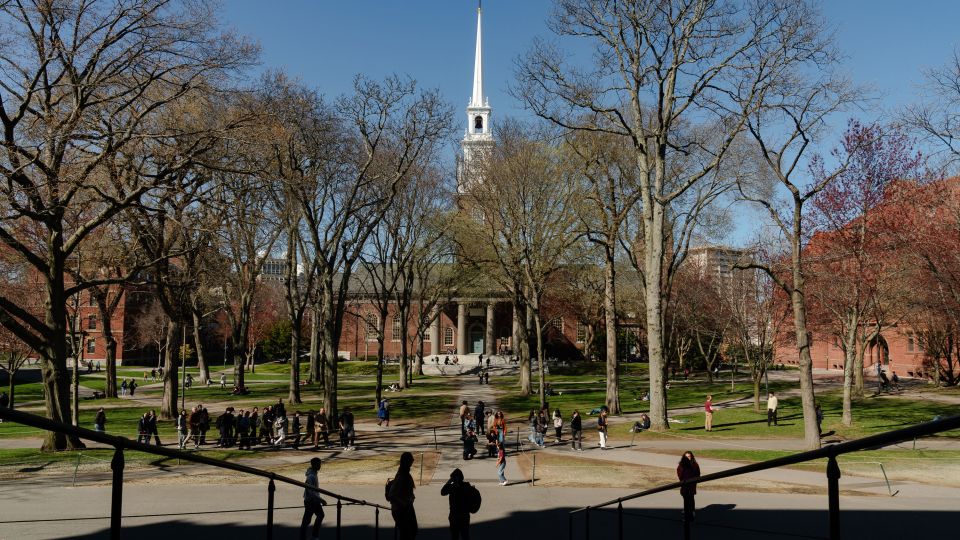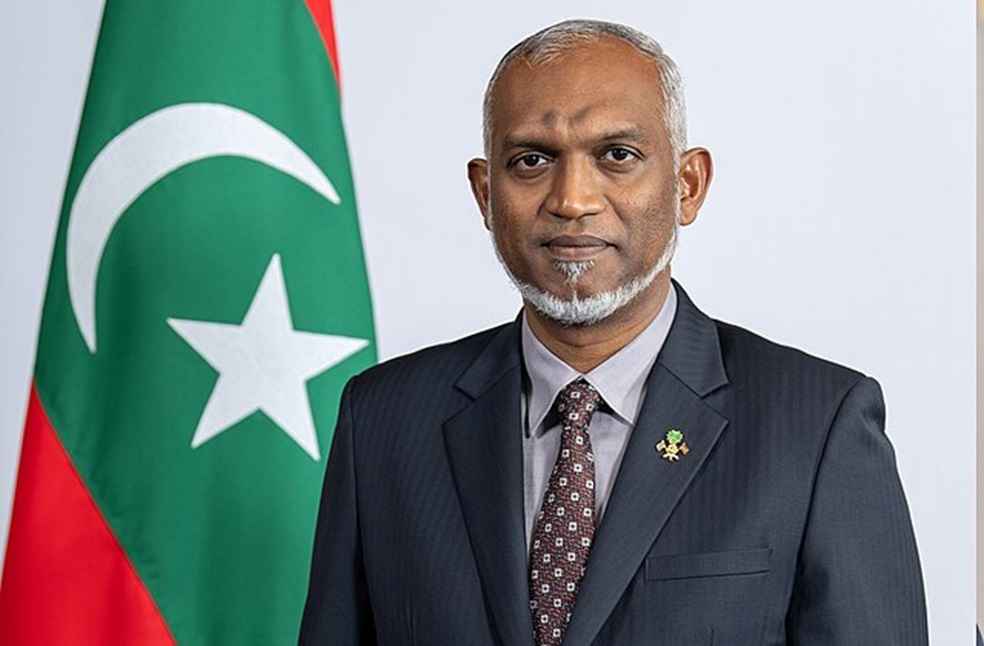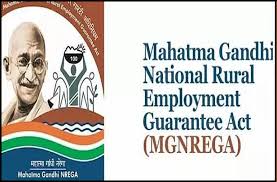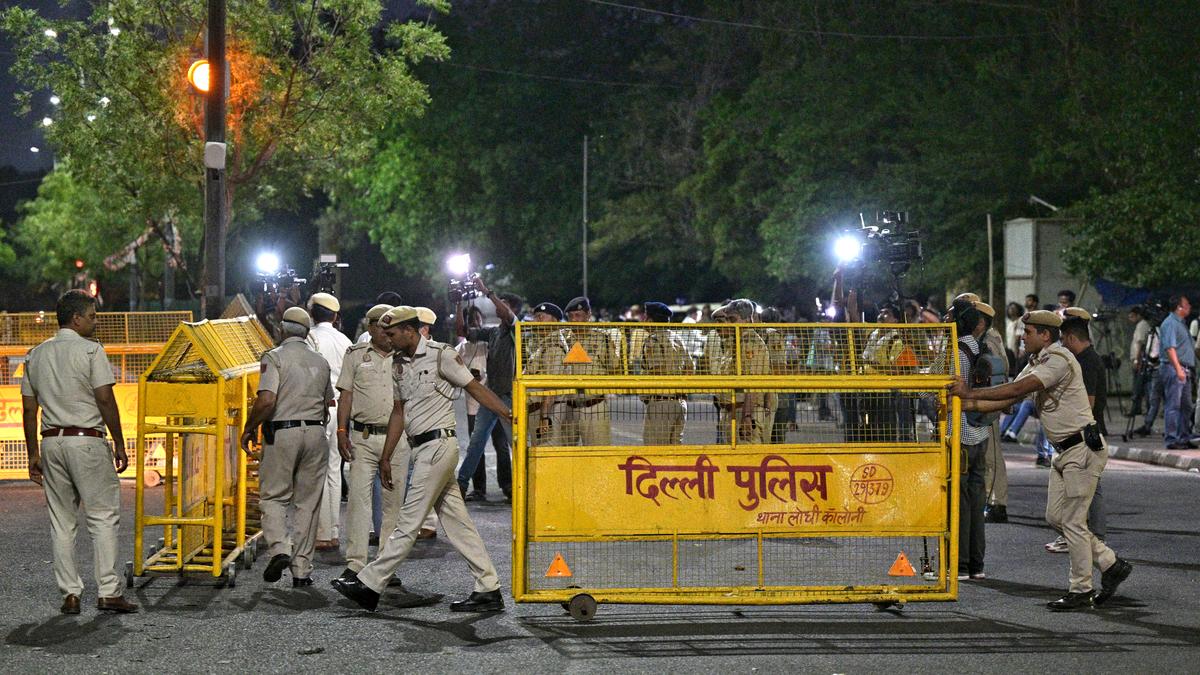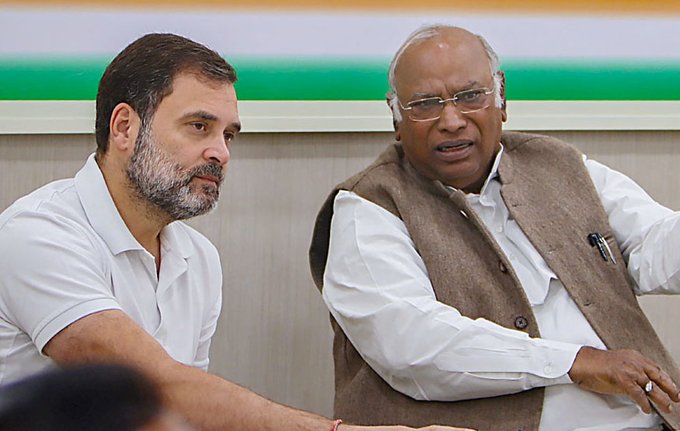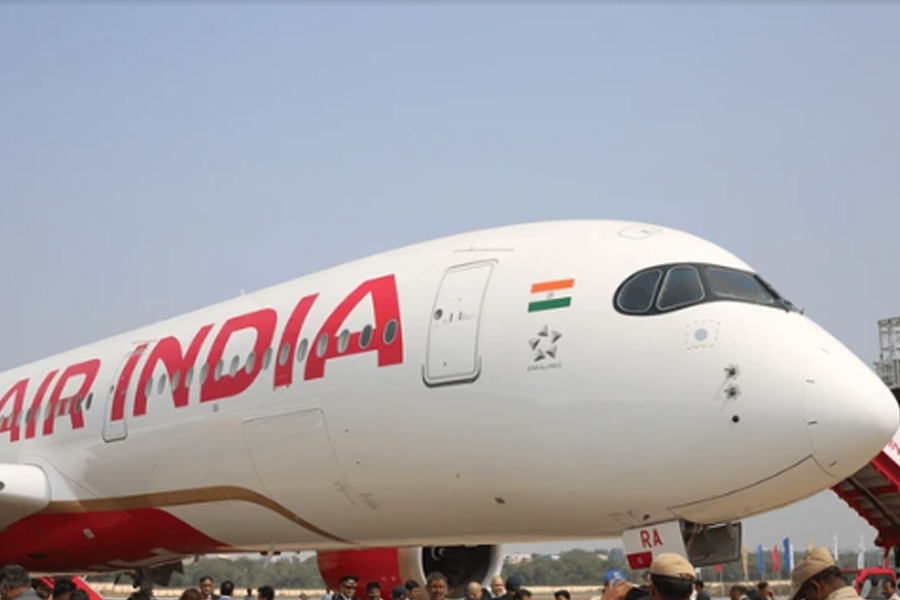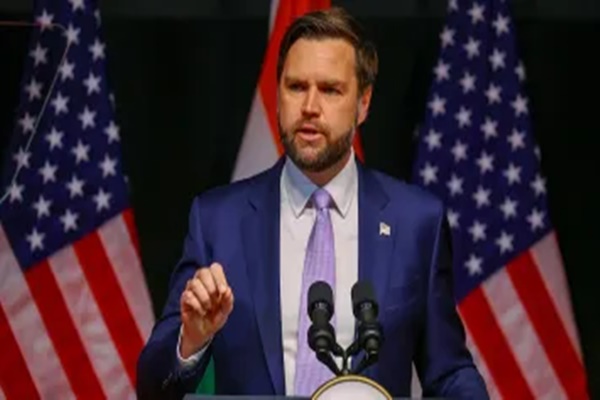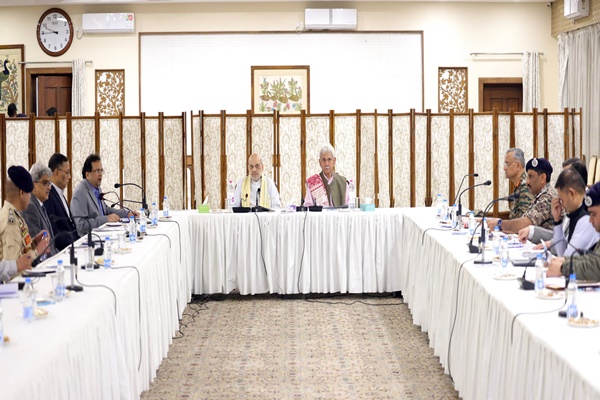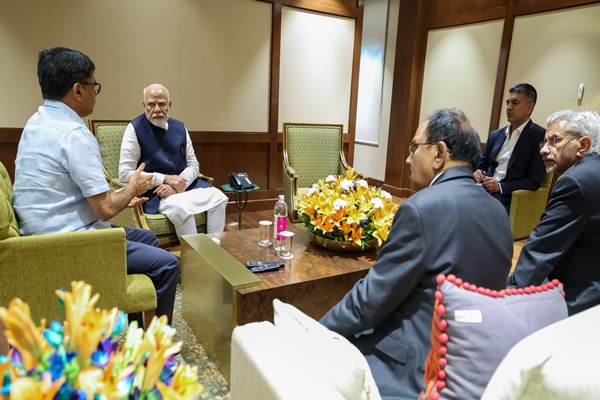Saudi Arabia’s multibillion corporate collapse: Al-Gosaibi exec on his role in 8-year saga
Fri 14 Jul 2017, 17:09:53
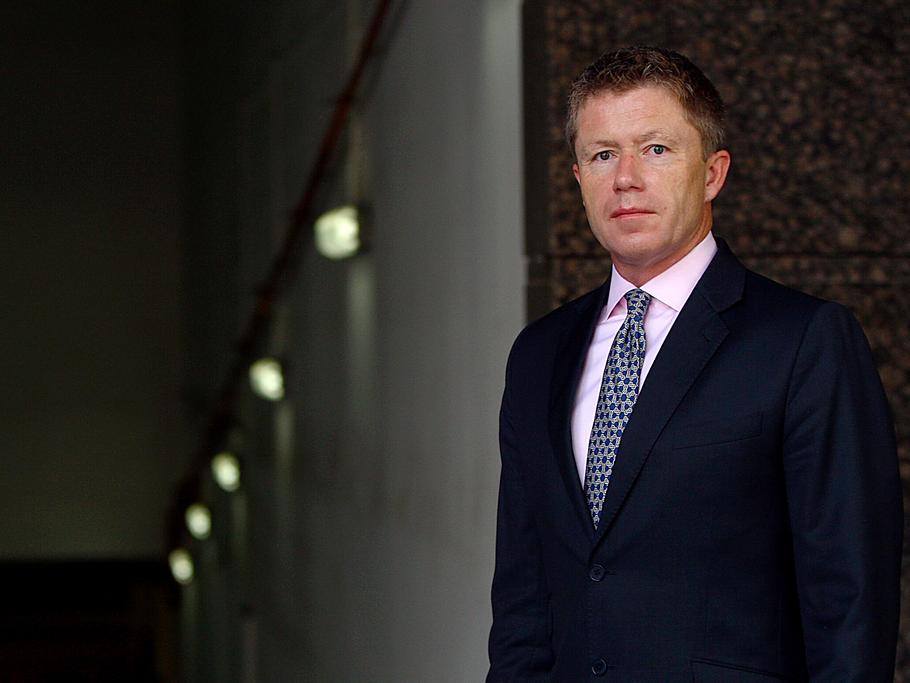
The collapse of the Saudi Arabia-based Al-Gosaibi business in 2009 was a seismic event in the financial world, and in Middle East business history.
As much as $20 billion was put at risk as a result of the collapse of two banks in Bahrain, which in turn sparked the financial downfall of the 70-year-old business, based in Alkhobar, and the Saad Group empire, run by Maan Al-Sanea, an entrepreneur who married into the Al-Gosaibi family.
The debacle was one of the biggest collapses of the global financial crisis, and it prompted a fierce war of words between the Al-Gosaibi family and Al-Sanea, waged in courtrooms and boardrooms across three continents. Eight years on, there is still no final resolution to the bitter disputes that have raged amid allegations of fraud, forgery and theft.
More than 100 banks — in Saudi Arabia, the wider Arabian Gulf region and the rest of the world — are still owed billions of dollars in unpaid loans to what they thought was a respected and creditworthy business dynasty, the Al-Gosaibis, and a hotshot financier, Al-Sanea.
Simon Charlton has lived every moment of those eight years, first as a corporate finance expert at the global accounting firm Deloitte, brought in to sort out the mess; then as acting chief executive and chief restructuring officer of Ahmad Hamad Al-Gosaibi & Bros. (AHAB), the partnership that owned the businesses and was practically bankrupted by the collapse.
The 51-year-old Englishman recently reflected on the past eight years. “It’s been a long, tough time. I was a father when it happened. Now I’ve got four grandchildren,” he said, assessing the large chunk of his life that has been taken up by the affair.
He has lived in the region since he was a child, the son of a British Royal Air Force officer who served in Oman. As a young executive, Charlton worked for Deloitte on the 1990s collapse of Bank of Credit and Commerce International (BCCI), the part-UAE-owned bank, which until the Al-Gosaibi downfall had the dubious honor of being the biggest financial scandal affecting the region.
“I thought I’d never see anything like that again but I soon realized after Deloitte was called in that the numbers were even bigger, twice the size,” Charlton recalled.
“My job was to find out what had gone on and I quickly saw that billions of dollars had been borrowed in the family name and had disappeared. In the first couple of months, we got a pretty good idea of the amounts borrowed and the status of those loans. It was obvious that if all those liabilities were left to the family, there was no way they could repay,” he said.
The Al-Gosaibi family faced legal action by creditors to recover the missing cash from the family assets. Family members had their assets frozen, and a travel ban was imposed to stop them leaving
Saudi Arabia. These restrictions are still in place today.
Saudi Arabia. These restrictions are still in place today.
The blame, Charlton decided in consultation with an army of lawyers and consultants, lay with Al-Sanea. They alleged that he had siphoned off billions of dollars into ghost companies that amounted to a gigantic Ponzi scheme and that he had forged the signatures of family members to do so.
Al-Sanea has consistently denied these allegations and has fought legal actions in Saudi Arabia, London, New York and the Cayman Islands, where his Saad Group was registered. Some of those are still ongoing today. (Email requests for comment in the preparation of this article to Al-Sanea family members and legal representatives went unanswered.)
Charlton immediate task in 2009 was to try to reassure his clients, the Al-Gosaibi family. “The family had no idea who they could trust. It was shock, panic, fear. They didn’t see it at first as being bust, they just didn’t understand what was happening,” Charlton said.
It was an unprecedented event in Saudi business history, where the practice of “name lending” — approving bank loans on the strength of a family’s reputation rather than its credit rating — was long established.
The situation was complicated by the lack of a bankruptcy code that could have smoothed the liquidation and repayment process. A law is currently being prepared, which leans heavily on the lessons learned from the Al-Gosaibi case over the past eight years.
“The other problem was that there was no center. It began in Bahrain, spread to Saudi Arabia and then went all over the world — Geneva, the Cayman Islands, New York and London. So there was a problem about finding a regulator that would take (the) main responsibility,” Charlton said.
“We took the view early on that we had to try and negotiate a settlement. It was the honorable thing to do. The family always said they want to return the money, as far as they are able,” he added.
But it was a tortuous process, made even more complicated by the attitude of the Saudi creditors who were owed about one-third of the total debts. They declined all invitations to get involved in the negotiations regarding a settlement, preferring litigation, and have still not been involved in any of the series of creditor meetings that have taken place over the last eight years.
The Saudi authorities, conscious of the potential damage the affair could do the Kingdom’s reputation in international financial markets, early on appointed the so-called “King’s Committee” — a body of senior policymakers and financial officials — to find a resolution, and by 2012 it had reached a decision: The two parties were ordered to find a solution, but there was no possibility of a bailout from public money. It was, to all intents and purposes, a family affair.
No Comments For This Post, Be first to write a Comment.
Most viewed from International
Most viewed from World
AIMIM News
Latest Urdu News
Most Viewed
May 26, 2020
Do you think Canada-India relations will improve under New PM Mark Carney?
Latest Videos View All
Like Us
Home
About Us
Advertise With Us
All Polls
Epaper Archives
Privacy Policy
Contact Us
Download Etemaad App
© 2025 Etemaad Daily News, All Rights Reserved.


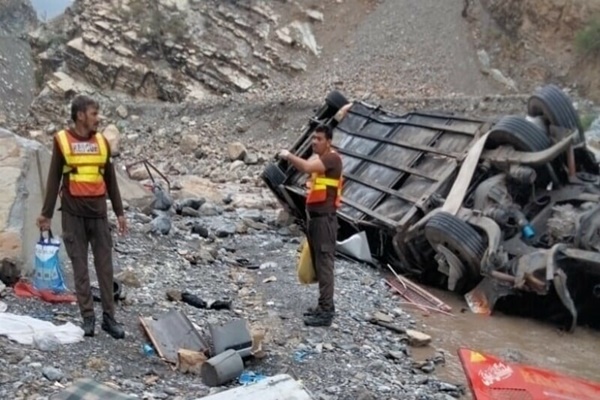
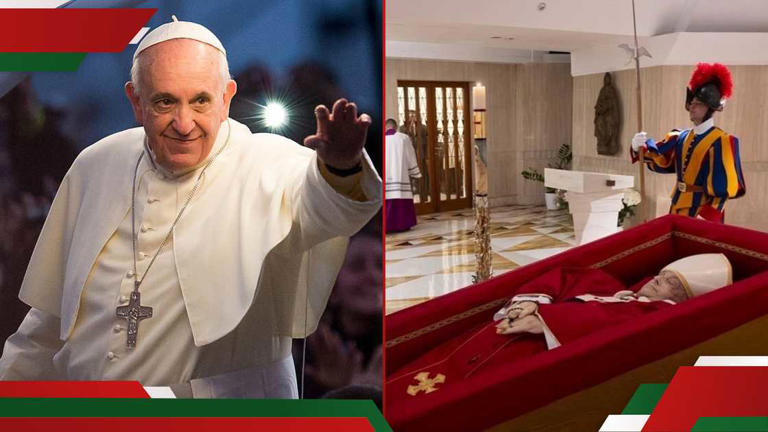
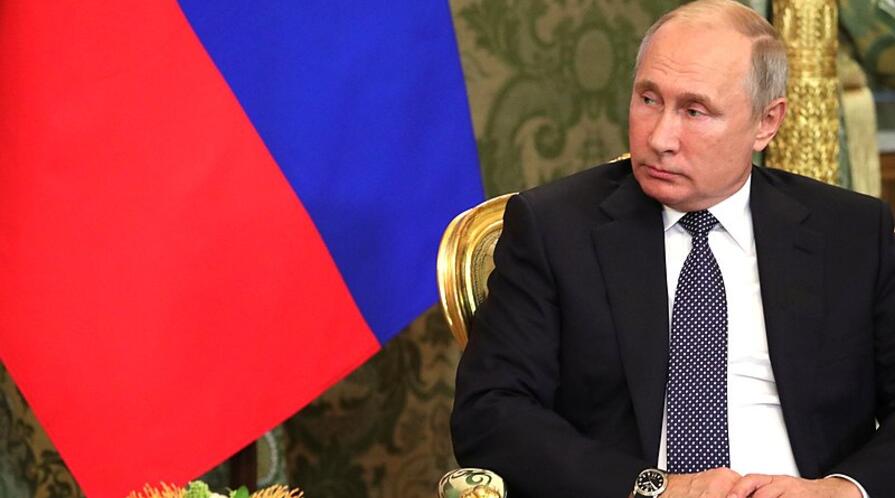

.jpg)


